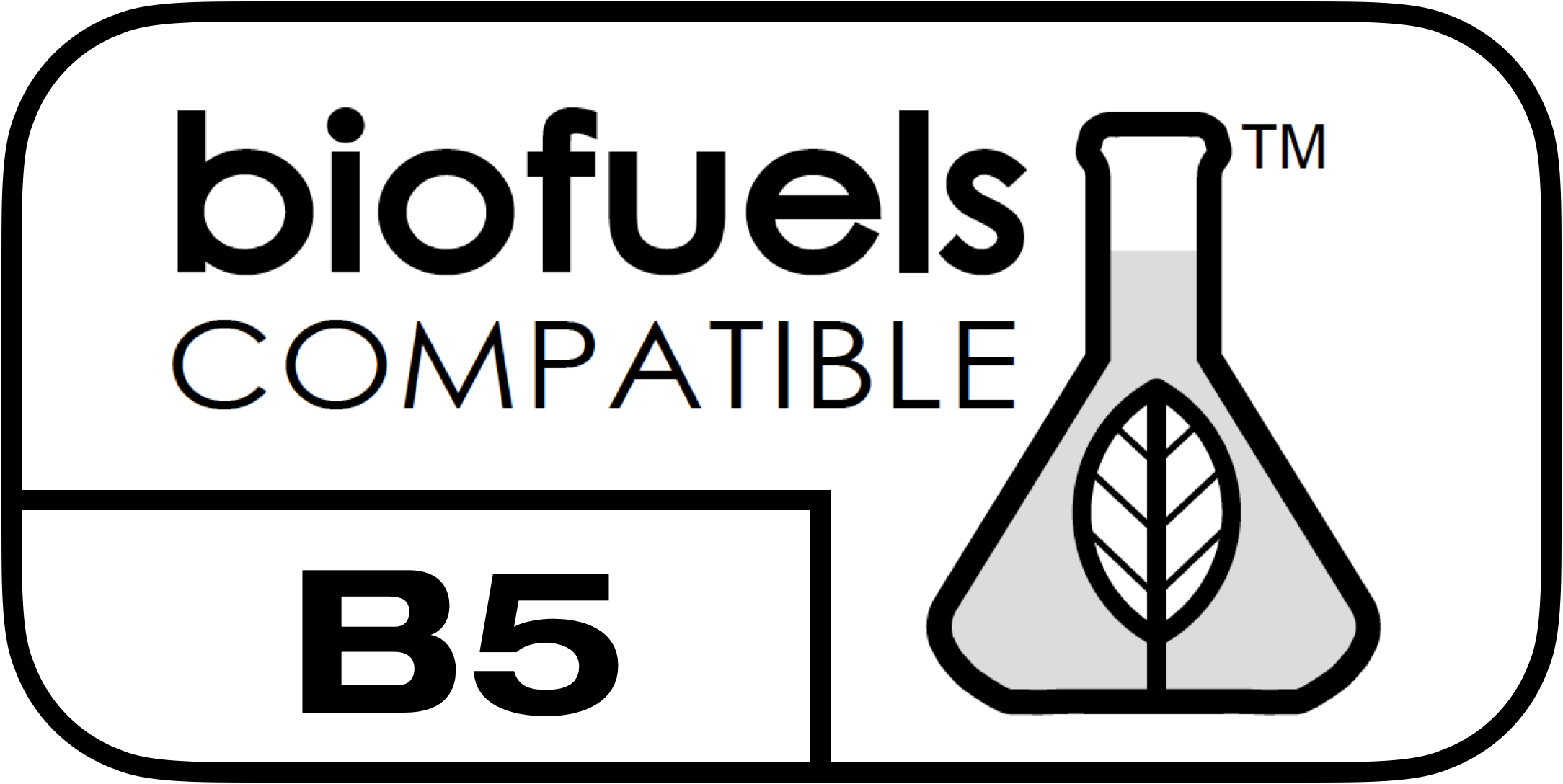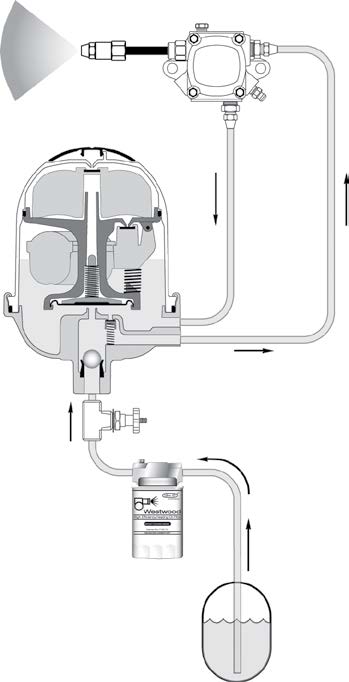×

Regional Sales Manager Request
Please fill out the form below to contact Beckett directly and we’ll get back to you within 24 hours.
Designed for larger installations the Tigerloop® Twin has twice the capacity for large commercial jobs. The combination Oil Deaerator / Filter assembly combines the advantages of oil deaeration with the added benefit of a 30 micron spin-on type oil filter further simplifying installation. Compatible with standard heating fuels and Biodiesel up to 5% (B5).
The Tigerloop Oil De-aerator improves the efficiency and extends the life of your oil heating systems. The Tigerloop combines the benefits of a single pipe system with a two pipe system. With a Tigerloop installed, you need only to transport oil at the nozzle firing rate (i.e. 1 gph). This allows you to use one small line from the tank to the Tigerloop, whereas with a 2 pipe installation you have to provision 2 large diameter lines that will handle oil traffic at approximately 20 gph in both directions.

Not for use with E-diesel or any fuel containing Ethanol (alcohol)
Tigerloop Oil Deaerator eliminates many common oil heating problems which prevent a burner from operating at peak performance by removing air from the system, delivering foam-free fuel to the nozzle, and reducing issues caused by cold fuel — benefits which ultimately provide for cleaner, maximized combustion.
The Tigerloop Oil Deaerator improves the efficiency and extends the life of your oil heating systems. The Tigerloop combines the benefits of a single pipe system with a two pipe system. With a Tigerloop installed, you need only to transport oil at the nozzle firing rate (i.e. 1 gph). This allows you to use one small line from the tank to the Tigerloop, whereas with a 2 pipe installation you have to provision 2 large diameter lines that will handle oil traffic at approximately 20 gph in both directions.
By filtering less oil, typically around 1 gph vs. 20 gph, you dramatically extend filter life.
With Tigerloop, the oil travels slowly into the house (at around 1 gph) and loops through the Tigerloop and pump multiple times, picking up heat before it is fired. Contrast this to a 2 pipe system where cold oil enters the house rapidly (20 gph) and then is immediately sent back outside into the cold tank again (this also stirs up sediment in the tank, which can clog nozzles and filters).
Without the pressurized return line that is constantly pumping oil back to the tank, Tigerloop dramatically reduces the risk of leaks.
Vacuum pulls vapor right out of the oil even in an “air tight” system. Less vacuum means less air which means clear, foam-free oil at the nozzle. Installing a Tigerloop cuts the flow rate down the firing rate of the system, typically 1 gph, dropping vacuum and improving burner efficiency while putting less strain on your oil pump and motor.
With a 2 pipe system, all of the air and fuel in the line flows through the pump, flows by (or out) the nozzle, and then gets returned all the way back to the tank. The Tigerloop de-aerates the returning fuel before sending it back to the pump — reducing air by up to 95% and improving efficiency. The flame will sputter less, the burner will fire cleaner and prevent deposits on the heat exchanger which can build-up and interfere with the absorption of heat.
In a single pipe system, all air in the line has to go out the nozzle. So installing a Tigerloop will dramatically improve efficiency.

Having a Tigerloop is better than either a single pipe system or a 2 pipe system. Here’s how it works:
Tigerloop pulls oil through a check valve (inside the Tigerloop) and then through the pump. The pump gives the nozzle what it needs (i.e. 1 gph) and then sends the excess 19 gph back to the Tigerloop to be de-aerated. As oil rises in the Tigerloop, air escapes from the top vent until a float lifts and seals the vent. When the vent seals, the Tigerloop builds pressure (about 1/3 psi). The pressure opens a valve sending de-aerated oil back to the pump, creating the loop. If any air reaches the Tigerloop, the float drops, the vent opens, and the air is removed. The float rises again sealing the Tigerloop.
Please note, all warranty claims must be initiated through an authorized Beckett supplier/distributor. Distribution policies will not allow Beckett to directly handle warranty claims with installers and/or consumers.
Informative and technical training resources from the leading experts in the heating industry
Have questions about our products? Looking for a solution to address a particular application? Looking to improve the overall productivity and profitability of your operation? Please don’t hesitate to reach out or schedule a no obligation, 1-on-1 consultation with a Beckett Technical Specialist — we’d love to help.
Beckett solutions are available through our network of Distributors, Independent Representatives, and Export Representatives all around the world.